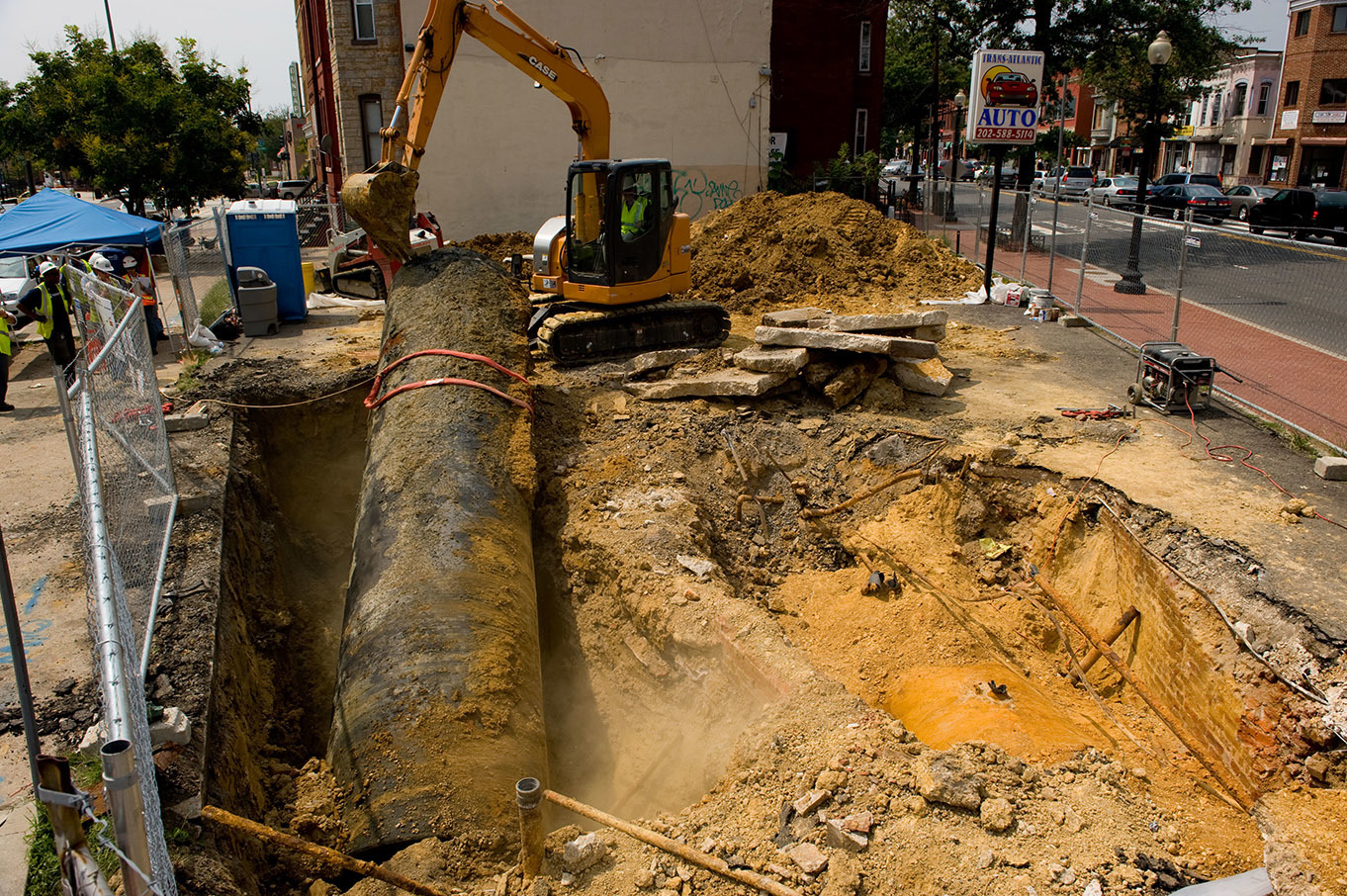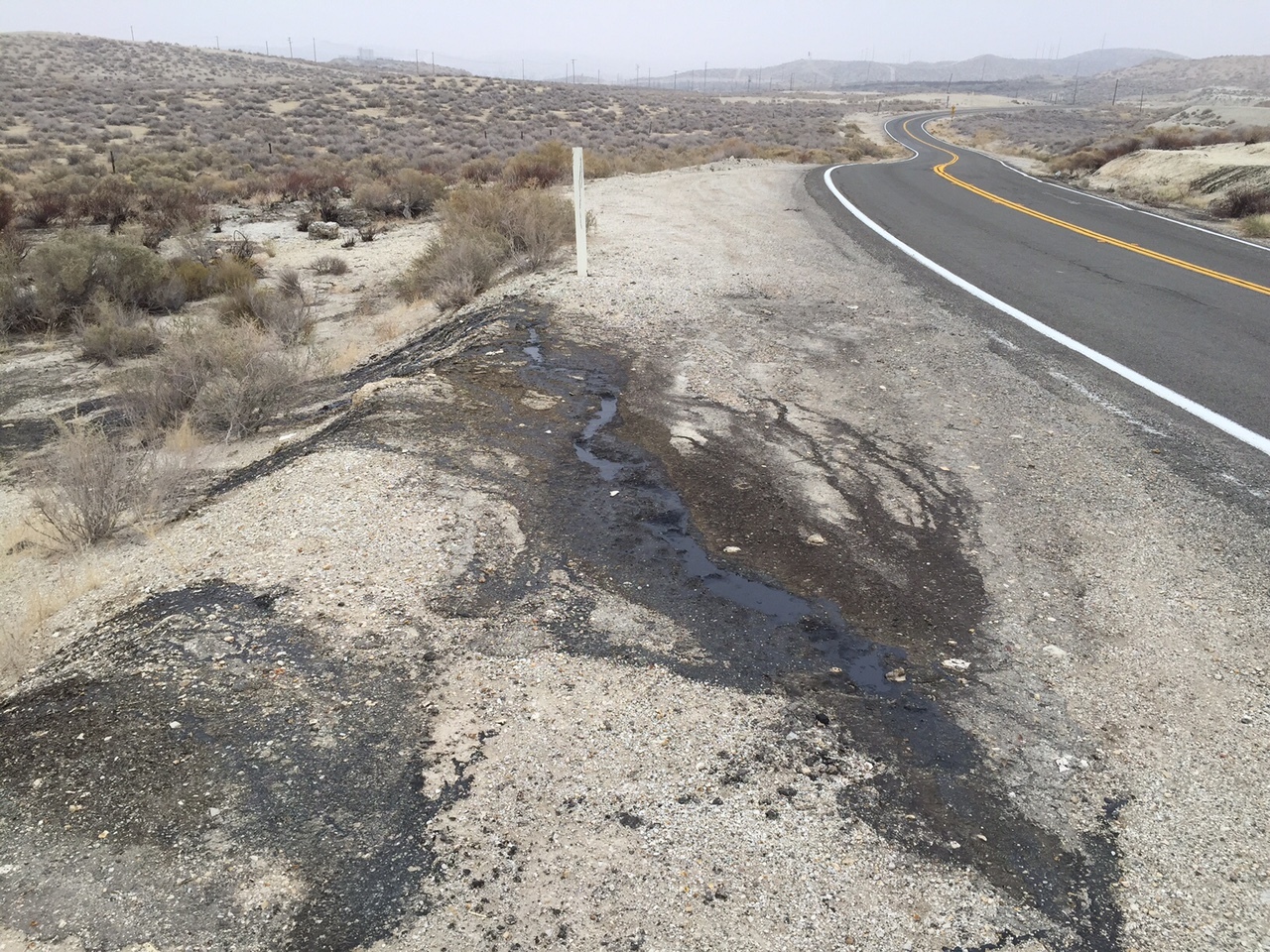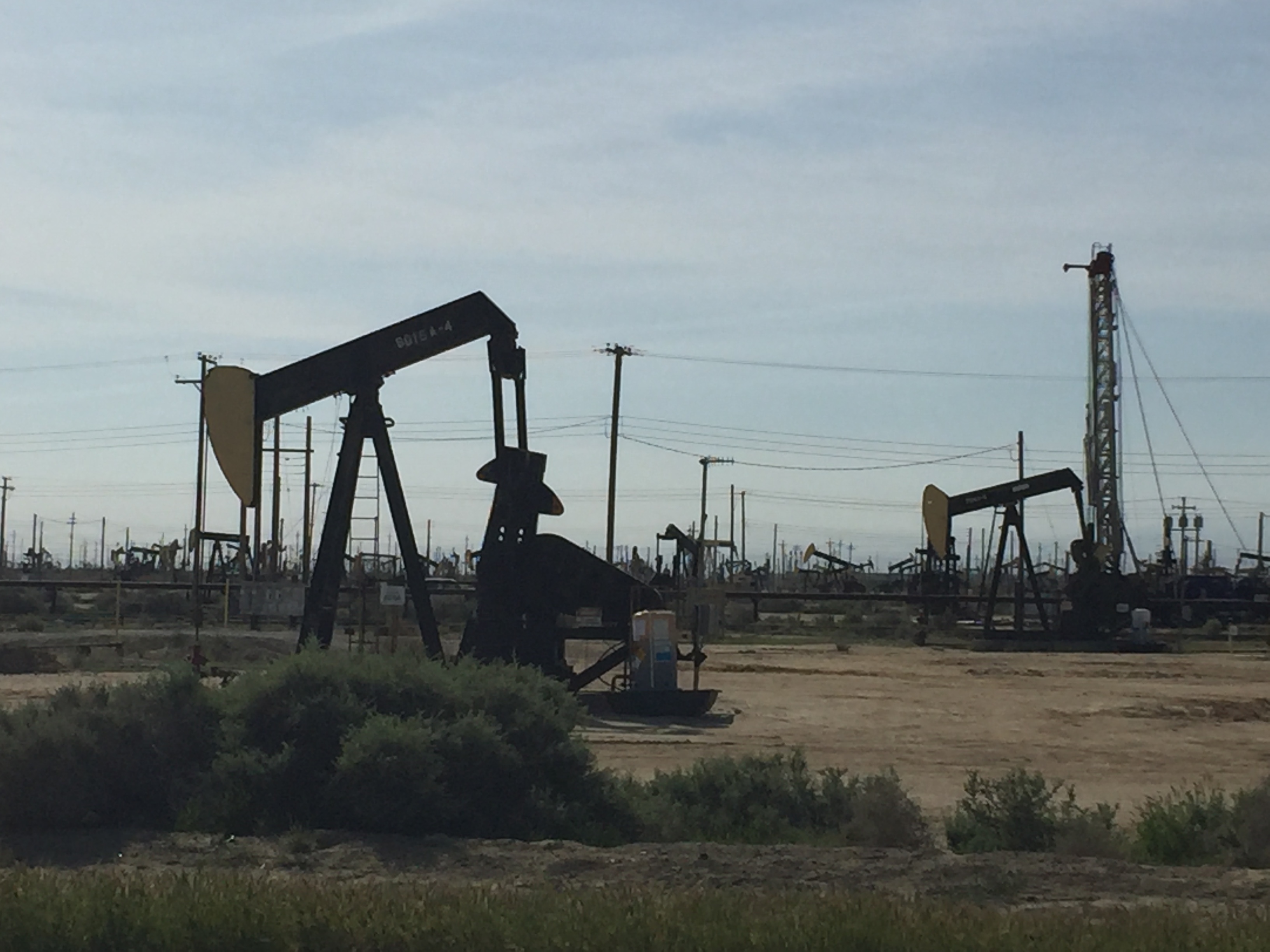What We're Learning
Volatile Organic Compounds in California's Groundwater
Identifying areas where groundwater is recharged is a classic approach used to manage groundwater quality. This GAMA study (Landon and others, 2013) concluded that most of California's shallow groundwater resources are susceptible to degradation; they are recently recharged and show evidence of trace amounts of anthropogenic halogenated volatile organic carbons down to 150 meters below land surface. A screening method was developed to identify which samples contained the tracers as a result of potential cross-contamination and which could definitively be used as indicators of recent recharge. In natural and agricultural regions, shallow groundwaters are younger than deeper waters. In urban areas of Southern California, the groundwaters do not show this distinction, probably due to intensive management.
Leaks from many types of above- and below-ground storage tanks have been the focus of large groundwater-quality management programs and generally been considered the primary source of contamination of benzene and other hydrocarbons to groundwater.

Landon and Belitz (2012) analyzed data from public supply wells across the State to answer the question about when and where public drinking-water supplies are most at risk from these leaks. MTBE followed patterns expected of leaking gasoline tanks--higher concentrations in dense commercial zones, younger groundwater, managed groundwater basins with extensive recharge and pumping operations where shallow and deep groundwaters are extensively mixed, and shallower public supply wells. Benzene was also correlated with commercial land use density but was also found in deeper, older, anoxic waters in proximity to oil and gas fields. In fact, nearly half of the detections of benzene in public supply wells can be attributed to geogenic rather than anthropogenic sources of hydrocarbons. Geogenic benzene was associated with close proximity to oil and gas fields, older groundwater ages, deeper wells, and higher salinity groundwater, consistent with interactions with oil-field brines.


Only 1.7% of California public supply wells had benzene concentrations greater than the MCL.
Overall, these findings indicate a limited impact of fuel spills on groundwater used for public supply.

